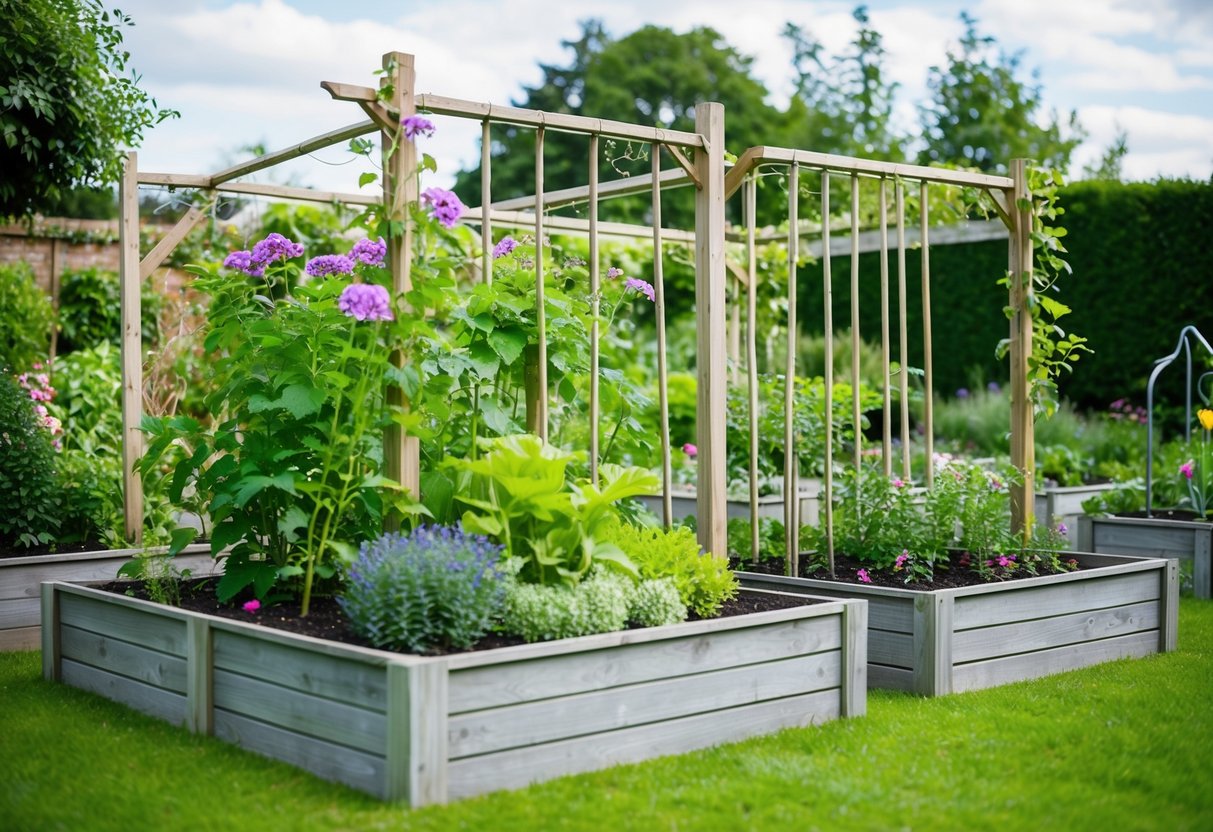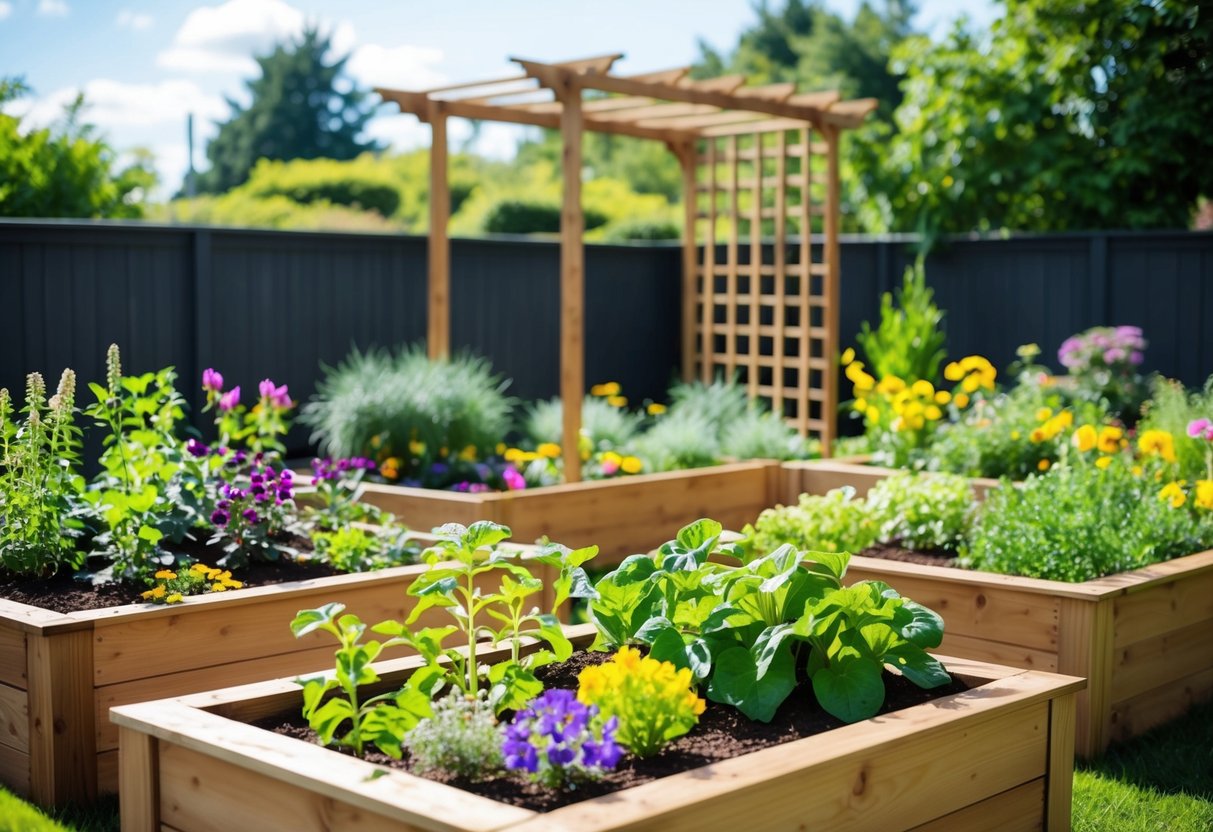
Raised Bed Gardening 101
Raised bed gardening is an efficient way to grow plants, offering benefits like improved drainage and easier soil management. Careful material selection and proper construction methods ensure longevity and productivity.
Benefits of Raised Garden Beds
Raised garden beds provide several advantages for gardening enthusiasts. One major benefit is improved drainage. Since the soil levels are elevated, water doesn’t pool at the roots of plants, making it ideal for growing vegetables and flowers. This elevation also allows for better soil aeration.
These beds are also easier to maintain. The raised height reduces the need to bend down, which is beneficial for those with mobility issues. Additionally, gardeners can control soil composition more effectively, ensuring a fertile medium by using high-quality compost and amendments.
Choosing Materials for Raised Beds
Selecting the right materials is crucial for building effective and sturdy raised beds. Choices range from wood and metal to recycled plastic. Wood, such as cedar or redwood, is popular due to its natural resistance to rot.
Metal is another durable option but can become hot in direct sunlight. Screws are typically preferred over nails for assembling the structure to enhance stability and longevity. Recycled plastic offers sustainability, though it may not have the aesthetic appeal of natural materials. Each material has its pros and cons, influencing cost and durability.
Constructing Your Raised Bed
To construct a DIY raised garden bed, start by marking the desired area. It’s essential to ensure it receives adequate sunlight throughout the day. Place the structure on a level surface to prevent uneven water distribution.
When assembling the bed, use screws for a firm connection between components, choosing galvanized or stainless steel to prevent rust. The interior can be lined with landscape fabric to prevent weeds and retain soil. For those interested in a tiered raised garden bed, consider a design that allows for varying depths, accommodating different plant types.
Soil selection is vital for plant growth. Mix a high-quality compost into the base soil to enhance fertility and structure. This step is particularly important when planning a vegetable garden, as nutrient demand is higher.
Proper construction and planning will maximize yield and ensure a rewarding gardening experience.
Selecting Plants for Your Raised Beds

Choosing the right plants for raised beds can significantly impact their success. It involves considering factors like plant compatibility, growth habits, and what you enjoy eating or seeing in your garden.
Vegetables and Herbs
A raised bed garden is an ideal environment for growing a wide variety of vegetables and herbs. They provide good drainage and allow for improved soil conditions. Popular choices include leafy greens like lettuce and spinach, as well as root vegetables such as carrots and radishes. Peas thrive in this environment, benefiting from the staked support of the bed’s edges.
Herbs such as basil, thyme, and parsley also flourish in raised beds. They are easy to manage and can be harvested frequently. Mixing vegetables and herbs in the same bed can improve soil health and deter pests naturally.
Flowers and Companion Planting
Flowers can add beauty and attract beneficial insects to raised beds. Marigolds and nasturtiums are effective at repelling pests and can be planted alongside vegetables. Sunflowers and zinnias are also excellent choices, offering vibrant colors while attracting pollinators like bees and butterflies.
Companion planting is an age-old technique that encourages plant growth and health. For example, pairing tomatoes with basil can enhance tomato flavor. Flowers like calendula can be excellent companions for herbs, helping to ward off unwanted insects. Plant selection should focus on achieving visual appeal and functional benefits.